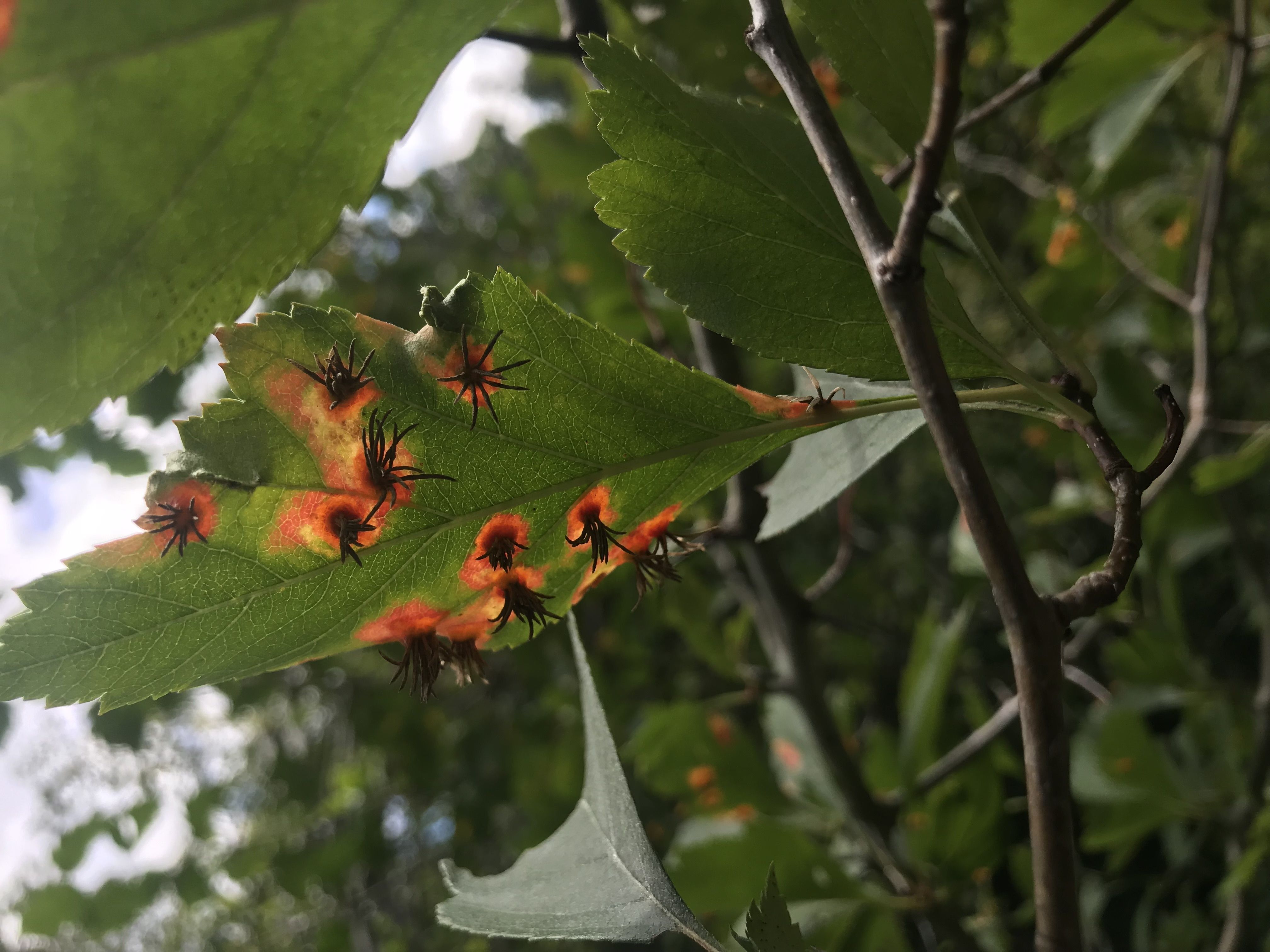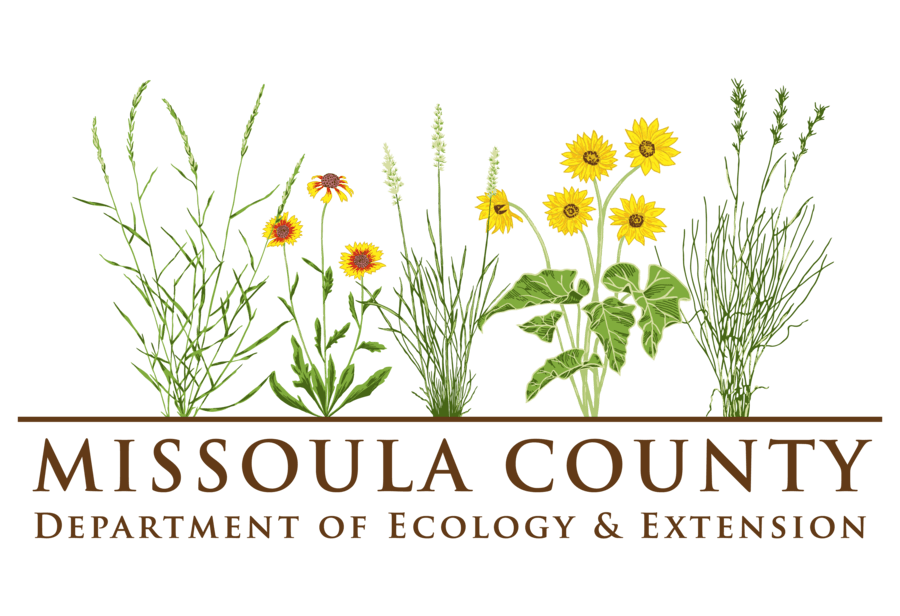
You have probably noticed a shift to cooler nights. It will be time soon to slowly start decreasing the amount
of irrigation to woody shrubs and ornamentals so they will start to slow their growth and get ready for fall
and winter. The exception is fruit trees with fruit crops on them. Keep fruit producing trees well watered
until harvest. Then cut the water back. The other exception is native aspen and conifer trees, that need
enough water to withstand attack by insect borers. Many pine trees are starting to show their inner needles
turning brown, this is normal fall shed, conifers only retain 3 to 5 years of needle growth shedding the inner
needles.
There are few serious insect pests at this point in the summer. The one exception is poplar borer. We are
seeing Poplar borer egg-laying activity (fresh sawdust and sap running) on Aspen tree trunks now. If you
find sawdust on your Aspen trunks, now is the time to apply an insecticide trunk spray. The pesticide
options are synthetic pyrethroids such as cyfluthrin or permethrin.
There should be no need to spray fruit trees now. Pick up any fallen apples off the ground as this will help
reduce the numbers of codling moths for next year.
Mite and aphid populations are decreasing in our sample sites. There is no need to spray for these pests this
late in the season. Mark woody shrubs and trees that have mites now and remember to treat them with a
dormant oil spray next spring.
Powdery mildew is being seen on maple trees now, try to keep water off leaves, or water mid morning to
give the foliage time to dry. Most cases are not severe enough to spray a fungicide.
Cedar-apple rust is causing yellow to orange spots on hawthorn trees now. It is to late to spray, instead
spray a fungicide next spring when leaves emerge.
Black rotten looking spots on the bottom of your tomatoes is called blossom end rot. It is caused by a
watering imbalance which inhibits the plants ability to take up calcium. A calcium supplement like rot stop
will help reduce the problem. It is mostly seen with container grown tomatoes.
Large white spots that develop on fruit and vegetables is sunscald, which generally occurs when any plant
part developing in lower light is suddenly exposed to higher light levels. One of the first steps is to develop
and maintain a good leaf canopy providing the necessary cover for fruit.
Fall webworm caterpillars are forming silken webs in apple, cherry and chokecherry trees now. Cut out
limb or spray with Bt (bacillus thuringensis) to control them.
It’s that time of year approaching that some insects such as stink bugs, boxelder bugs and conifer leaf-footed
bugs want to migrate indoors, so be sure to repair screens and caulk around doors and windows to stop them
from coming in.
In vegetable gardens, start to decrease irrigation water on tomatoes, winter squash, potatoes and onions to
encourage ripening and drying for winter storage. On cool, cloudy days these crops need no irrigation at all,
even if you notice a bit of late afternoon wilting.
